 What dangerous and/or repetitive kitchen tasks can you outsource to automation this year? These tasks, which could include anything from working the fryer to chopping vegetables, tend to be ones that aren’t attractive to current or potential staff. This, in turn, sends operators into an endless cycle of having to attract, hire and train workers. When you consider new tech, think about its impact on your current and future labor spend, as well as how it affects the language you use in job postings. Changes you make on the tech side can have a positive impact on your culture if you use them to turn your open positions into roles of increasing responsibility. 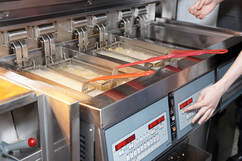 High-efficiency appliances and equipment can save an operator money – but often, the up-front costs of these items are insurmountable for restaurants struggling to make ends meet. But instant rebate programs currently available in 13 states can make it possible for operators to purchase quality, efficient equipment at lower prices, according to the Food Service Technology Center at Frontier Energy. Not every product qualifies, but if you’re in the market for new equipment, it may be worth checking to see what options are available in your state. Call (714)787-1098 or read the report from the National Restaurant Association for details.  As curbside pickup gained momentum during the early months of the pandemic, many restaurants adopted geofencing technology to track customers driving to the restaurant to collect their food. While the tracking information helps restaurants coordinate the prompt delivery of orders to the curb and also helps them target customers in the vicinity of the restaurant with coupons and promotions, geofencing provides additional customer-side benefits too. More delivery drivers are now being equipped with their own devices that enable customers to not only track the status of their order but to trace its path. It’s another way some restaurants are trying to enhance transparency and service at a time when consumers need more incentive to spend. 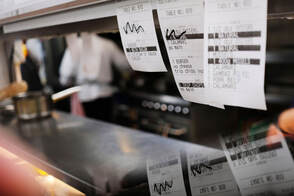 Mistakes happen. But even little ones – like a burger being served with the condiments a guest had asked to be omitted – can have significant negative consequences. At the very least, you’re wasting food and losing profits when a replacement and/or comped dish is required. So where do errors occur in your operation? Are guests unable to communicate their preferences clearly using the ordering platform you offer? Are requests somehow lost in translation between the guest and the chef preparing their dish? Are chefs misinterpreting requests that were understood by the server? Your technology can not only help you pinpoint where problems are occurring, but also bring greater control and precision to those processes and prevent one mistake from snowballing into something bigger. 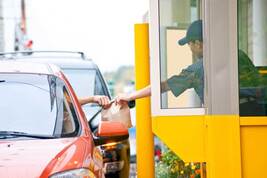 Adding a drive-thru, or a second one, has the potential to be a sales winner for restaurants at a time when the demand for convenient, off-premise dining continues to be high. A&W franchisee Anthony Walker told Restaurant Dive recently that after he added a second drive-thru lane at this restaurant in 2020, the project paid for itself within a year. But since a long, slow drive-thru lane can also provide visual evidence of a kitchen struggling to keep up, drive-thru operators need the precision, speed and menu awareness that technology can deliver to optimize this income stream. Ensure your menu translates well to the speed needs of the drive-thru (i.e. offering lots of customizable choices may be better left to dining room guests). Rely on your POS for the finer details of your historical sales to better understand when new ingredients are needed or when dishes should be pre-cooked or pre-staged for coming orders. Tech can also bring precision to your measurement of a dish’s ingredients so your staff isn’t accidentally wasting food amid the hustle and bustle of the lunch rush. Finally, outdoor staff, equipped with tablets, can help you move through drive-thru orders more quickly and direct traffic to nearby parking spaces and clear space in the drive-thru line.  As restaurants adopt more technology, new federal and state regulations surrounding it become all the more relevant. Brennan Duckett, director of technology and innovation policy at the National Restaurant Association, recently weighed in on potential technology-related legislation that could impact restaurants in the coming months. He anticipates the American Data Privacy Protection Act (H.R. 8152), which didn’t pass in the last Congress, will be introduced again. The legislation would create a federal data-privacy framework giving consumers more control over their personal data and legally requiring businesses to meet specific standards to protect and secure that data. Duckett says the Association plans to advocate against the legislation in its current form because certain provisions within it (those regarding the preemption of state laws and enforcement through private lawsuits) could harm restaurants. Data privacy legislation is also expected to be active at the state level this year, with the potential for a patchwork of state laws creating a confusing mix of regulatory standards for restaurants to meet, Duckett says.  Whether you operate a drive-thru, or your website or phone line could benefit from some tech-driven labor savings, this may be the year that AI voice technology finally takes off. As a recent report from Nation’s Restaurant News says, 2021 marked the launch of AI voice ordering, 2022 marked its spread, and 2023 marks its improvement and perfection. Specifically, a number of companies (SoundHound is just one) are training the technology to respond more readily to natural speech patterns, versus the Alexa-style way of stating a clear demand in a quiet room and having to take turns speaking. To be sure, AI voice ordering has had a shaky takeoff in some places. But if you’re considering investing in it, expect some perfected versions to emerge this year and beyond – and ask your vendor questions about how they will be training their product to continuously evolve and improve.  As more of aspects of our lives have moved online, so, unfortunately, have threat actors looking to make money from that information. According to a study from the cybersecurity firm Surfshark, 108.9 million accounts were breached in the third quarter of 2022, a 70-percent increase over the previous quarter. Restaurants are natural targets for cyber crime because of the multitude of guest transactions and payroll details they manage and transmit across different channels every day. As you adopt and integrate new technology into your business, make security management a priority – to include prompt software updates and patching, the use of multifactor authentication and other controls to make it more difficult for someone to take advantage of critical data in your business, and ongoing employee training to prevent a cyber breach. Ensure your vendors have stringent controls in place too – and that you trust your tech providers to have your back when it comes to helping you keep your systems secure. |
Subscribe to our newsletterArchives
April 2024
Categories
All
|
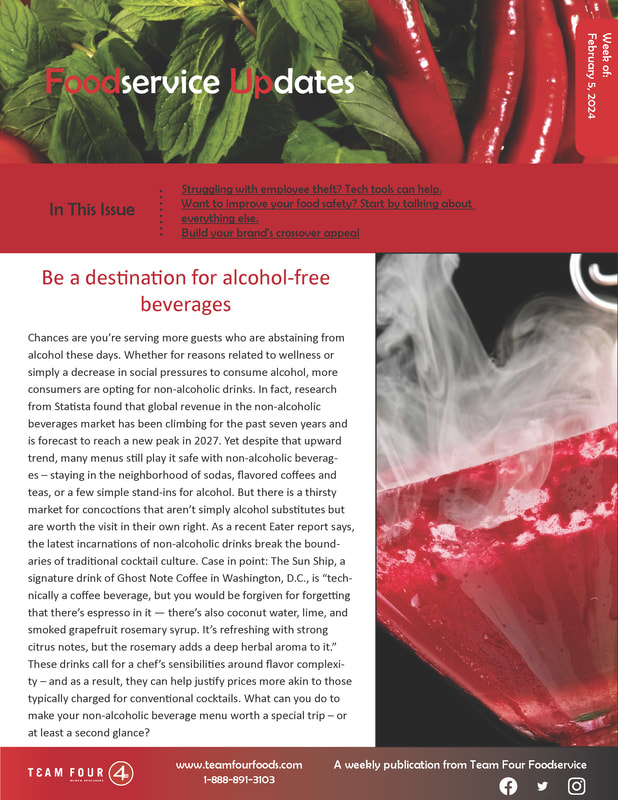
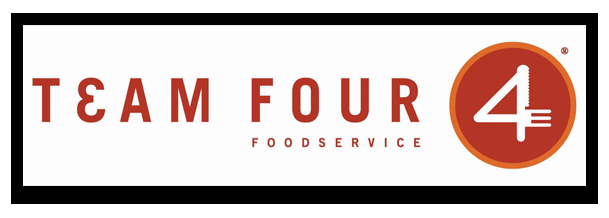
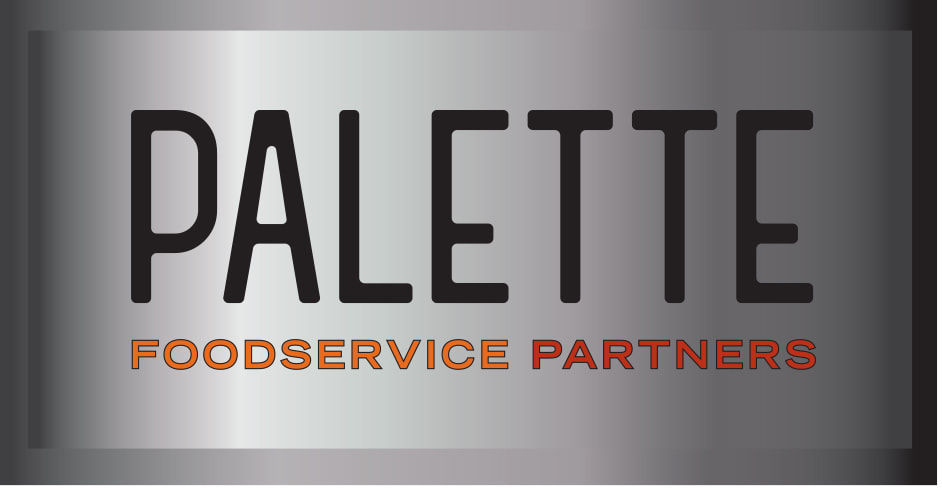
 RSS Feed
RSS Feed